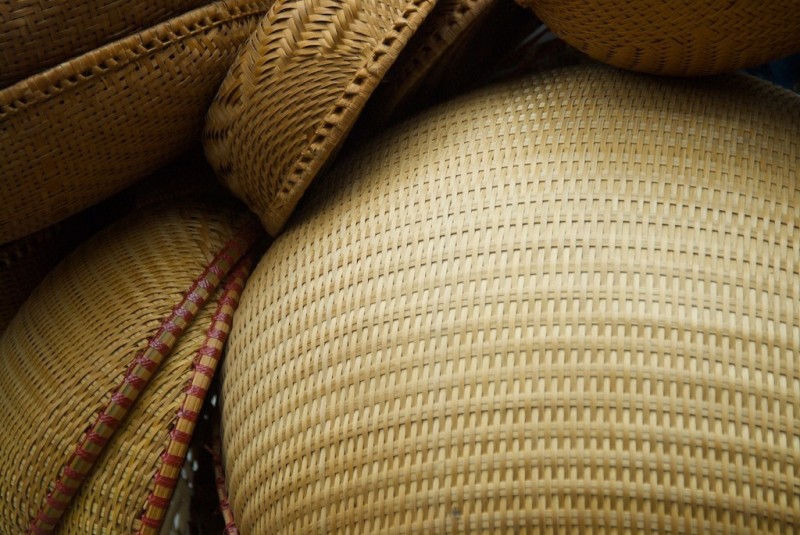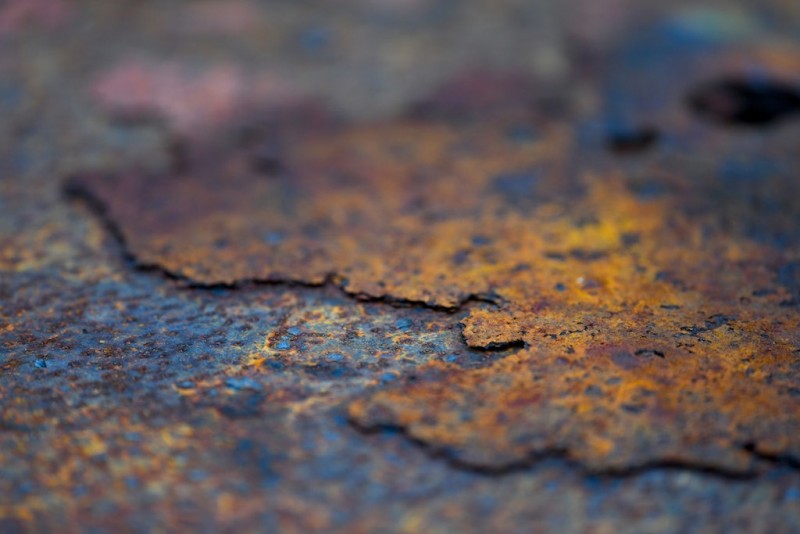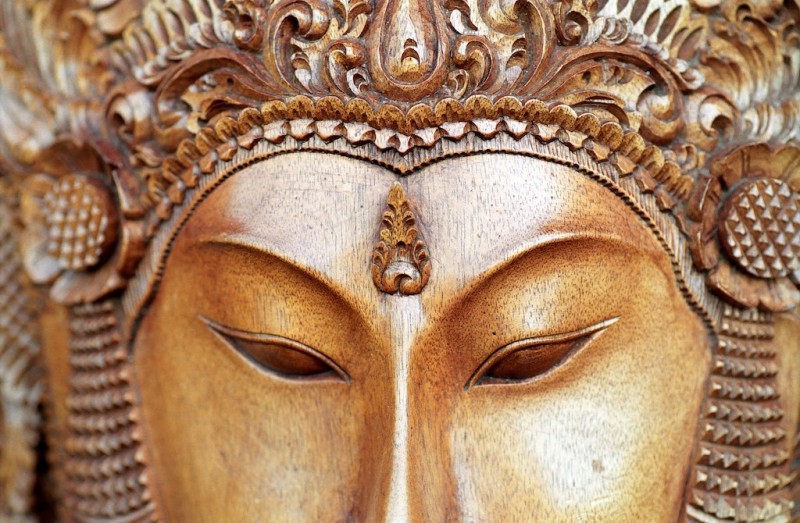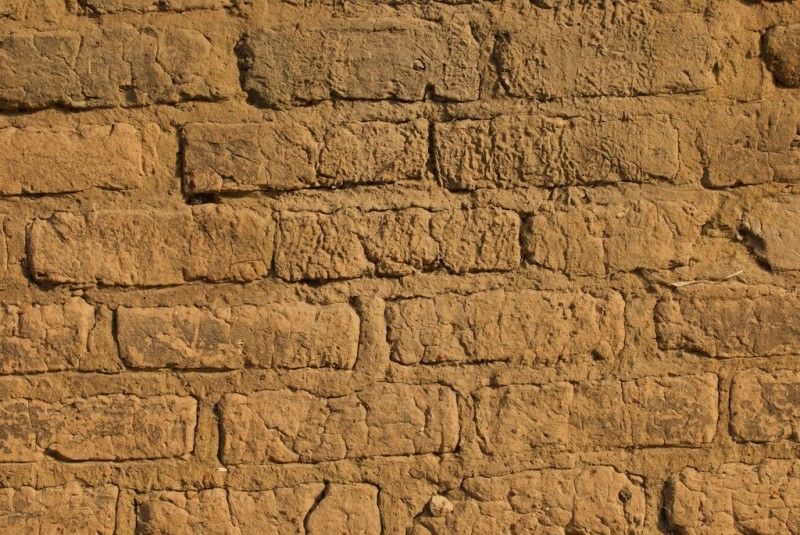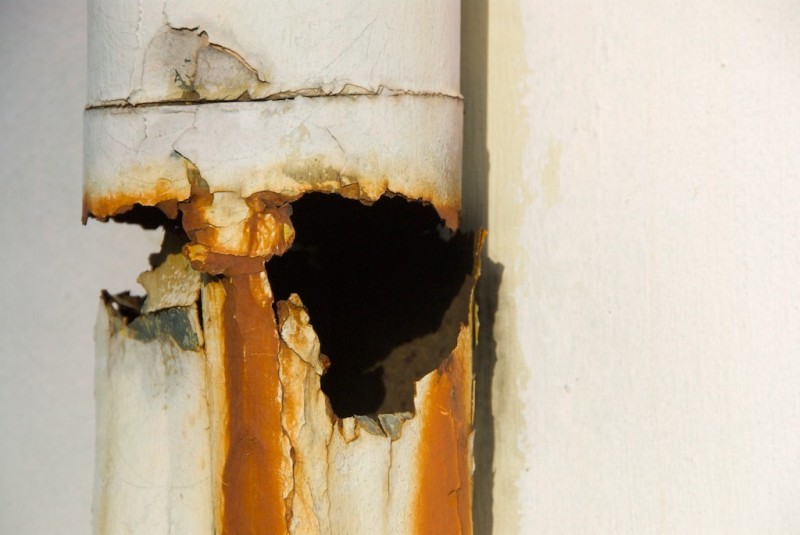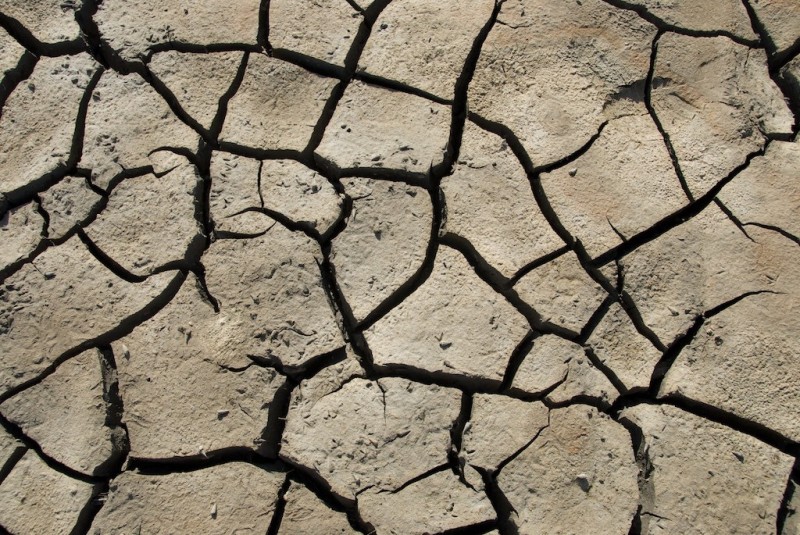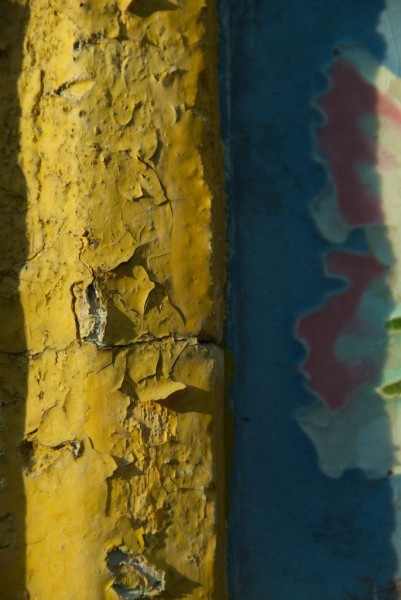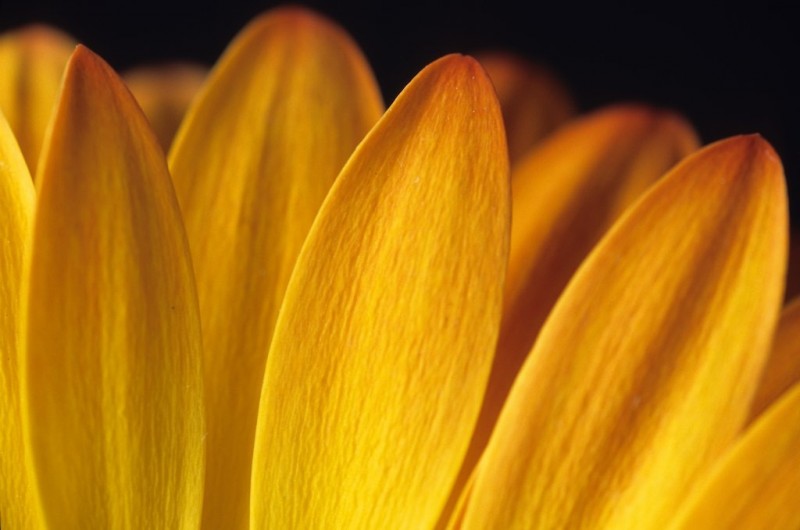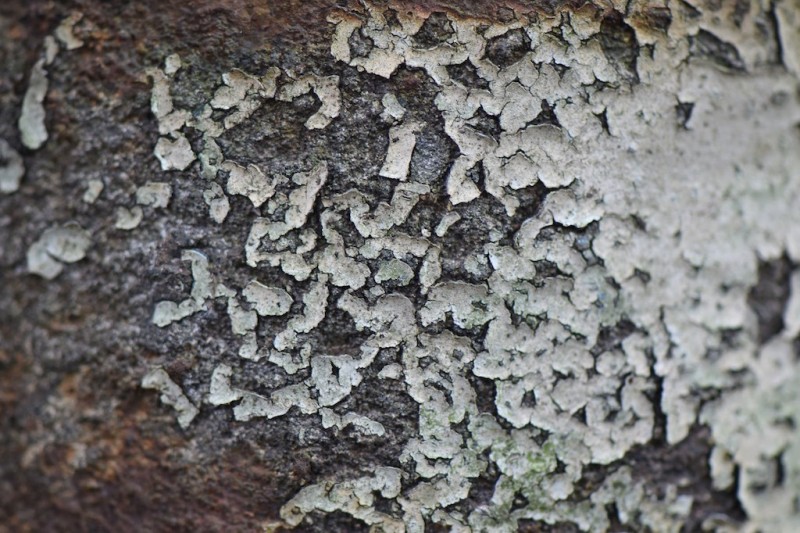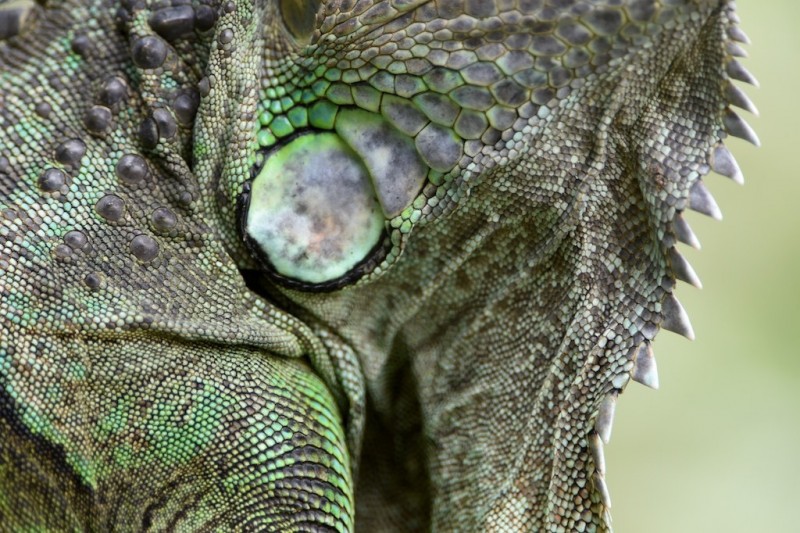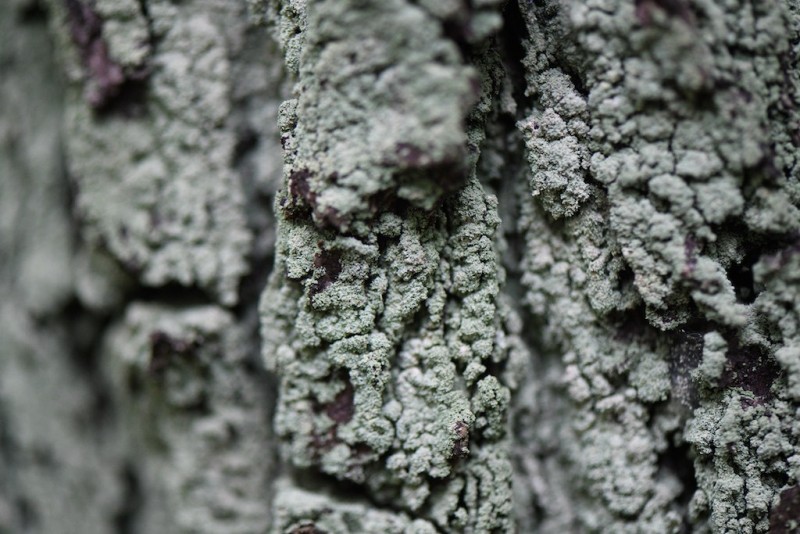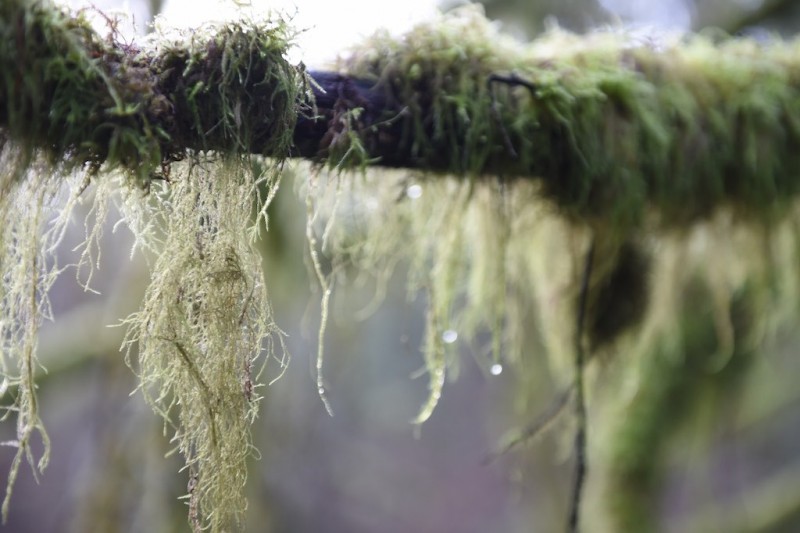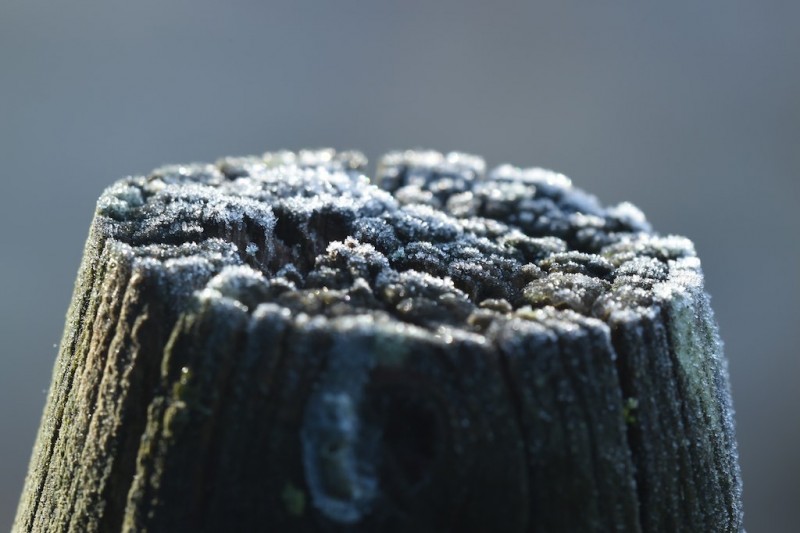We have already looked at the first three elements of design. The first element of design is line which is the building block of all the other elements. When you enclose a line you get the second element of design, shape. The third element of design is form which is when the subject of your photo appears to have three dimensions. The fourth element of design is texture.
When the viewer of an image understands what the subject of the photograph would feel like if they touched it, then the subject has texture. There are many different types of textures, from the soft texture of a fuzzy blanket to the rough texture of a man’s stubbly beard – people can identify with images that display texture.
Images that incorporate texture elicit strong emotions in the viewer. Perhaps this is because, unlike the other elements of design, we can immediately relate to texture. Our sense of touch is extremely important as various textures help us to recall memories and emotions.
I can still remember what it was like to touch my baby blanket that I had as a very young child. When I picture my hand going across a cheese grater, I am visibly squeamish. These feelings translate into images that we see as photographs. If I see an image of sandpaper, I can easily recall what it is like to touch the rough surface. When viewing images of sand, I am able to remember the feeling of it between my toes or fingers.
Direction of Light Matters
Just like form, to capture images with texture, we need to have side-lighting. When the light from one side or another strikes an object that has texture, shadows appear. It is the shadows that reveal the texture of an object. Unlike form where you just need side-lighting and it doesn’t have to be strong direct light, images with texture are best revealed by strong direct side-lighting. The stronger the light, the more detailed textures it will reveal.


Texture is visible in both images. However, the texture is much more visible in the image on the right which has direct light hitting the subject because the light creates shadows which reveals the texture.
Workshop: Recognizing and Capturing Texture
Go out either earlier or later in the day when there is side lighting from the sun and light is not directly overhead. I would recommend using a telephoto lens to isolate your subject. Look for textures on rough surfaces and position yourself so the light is coming form your left or right side (side lighting). The stronger the light, the more texture will be revealed.
